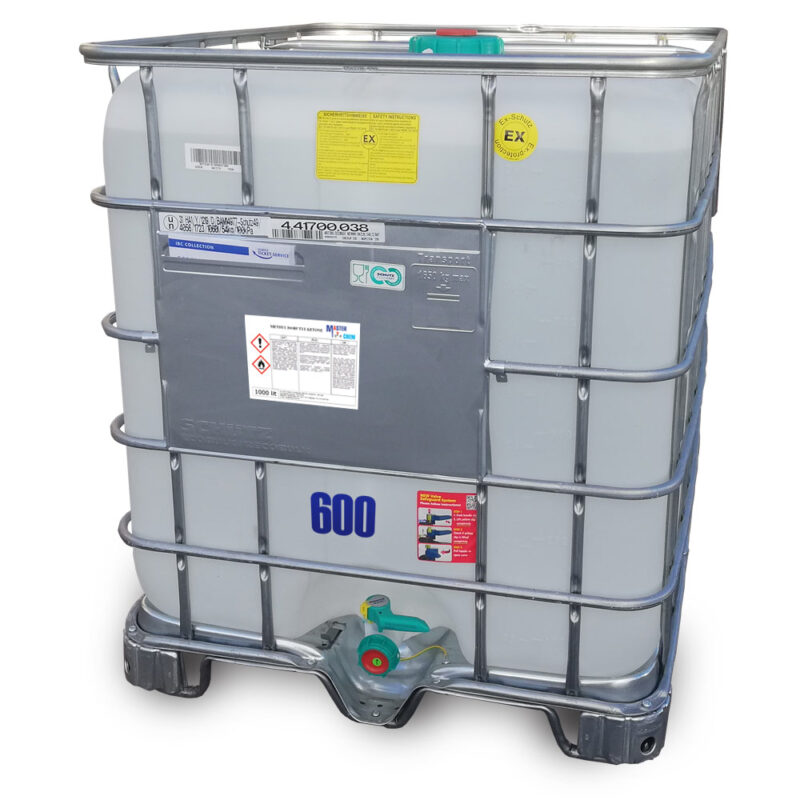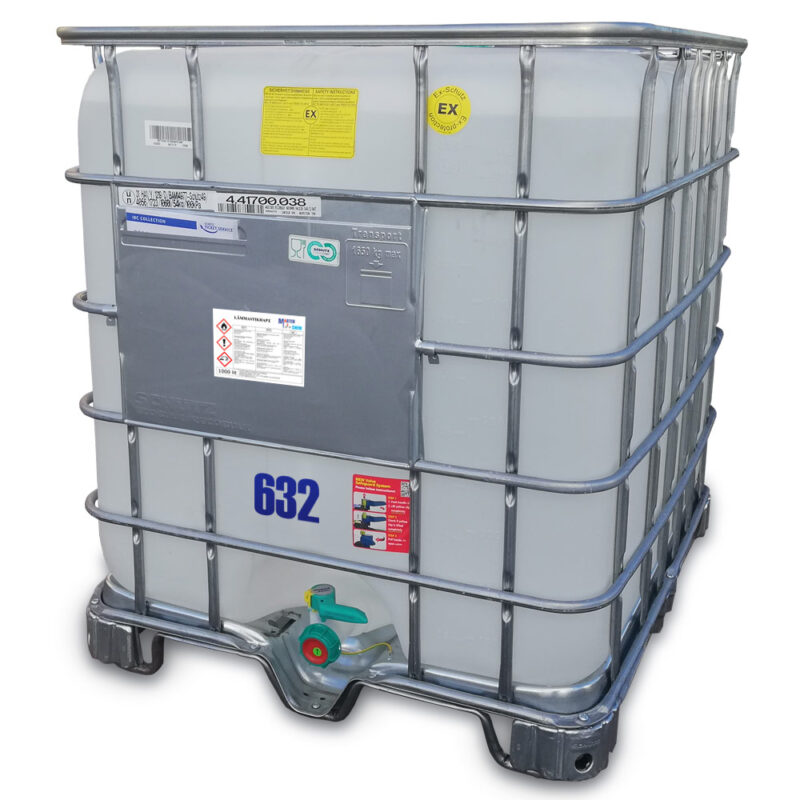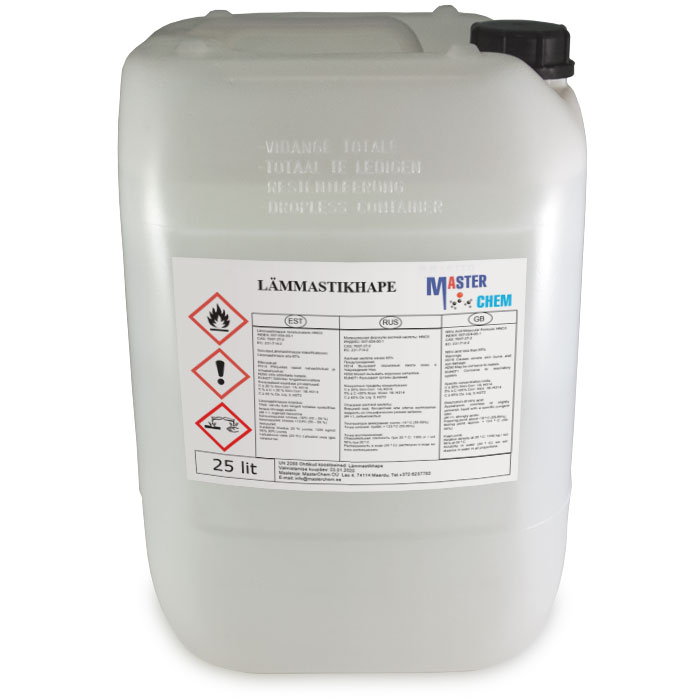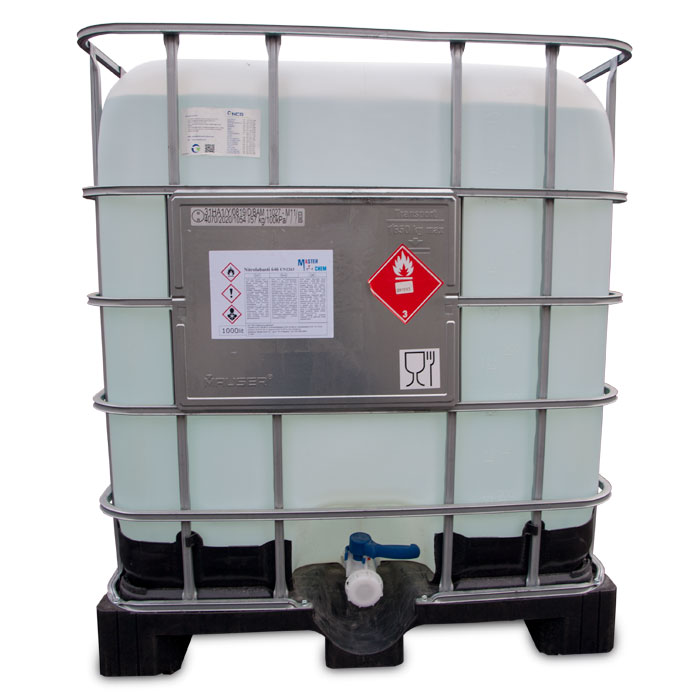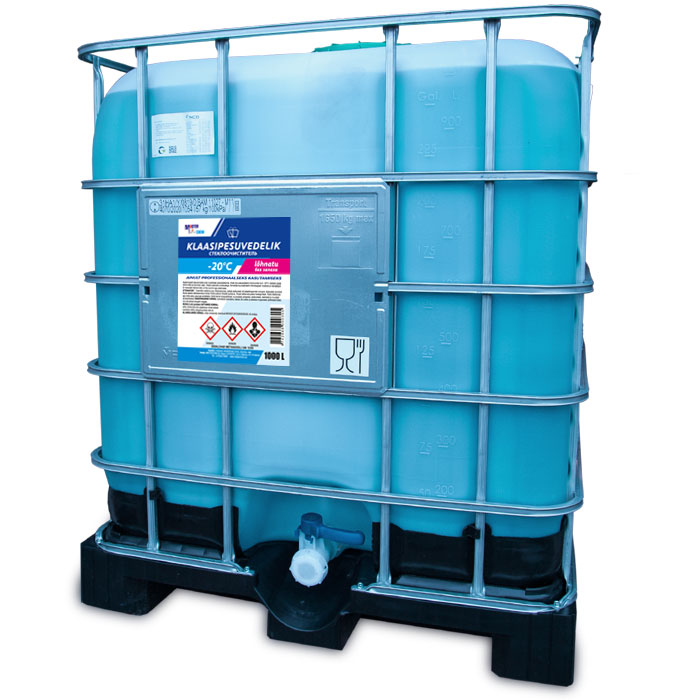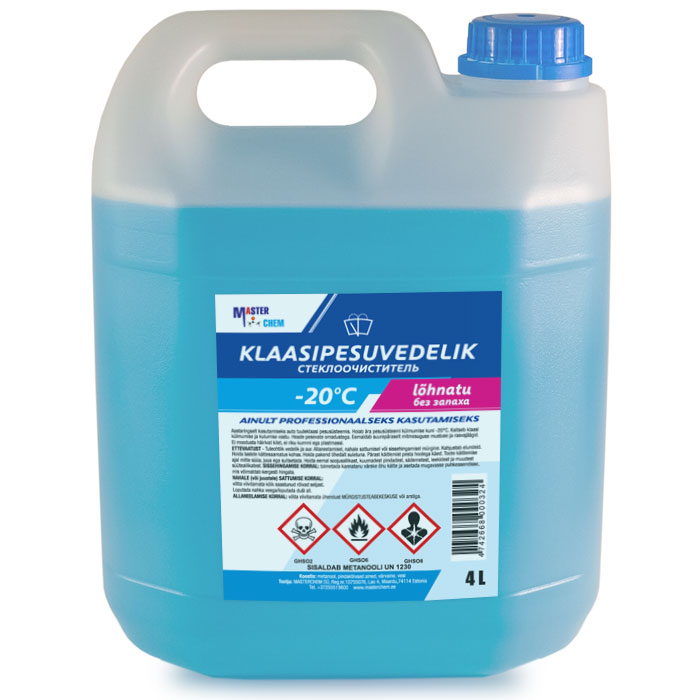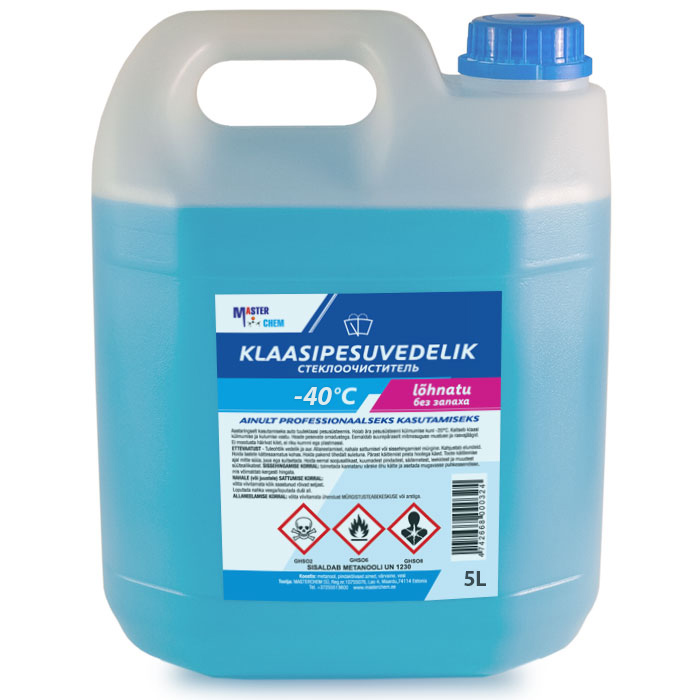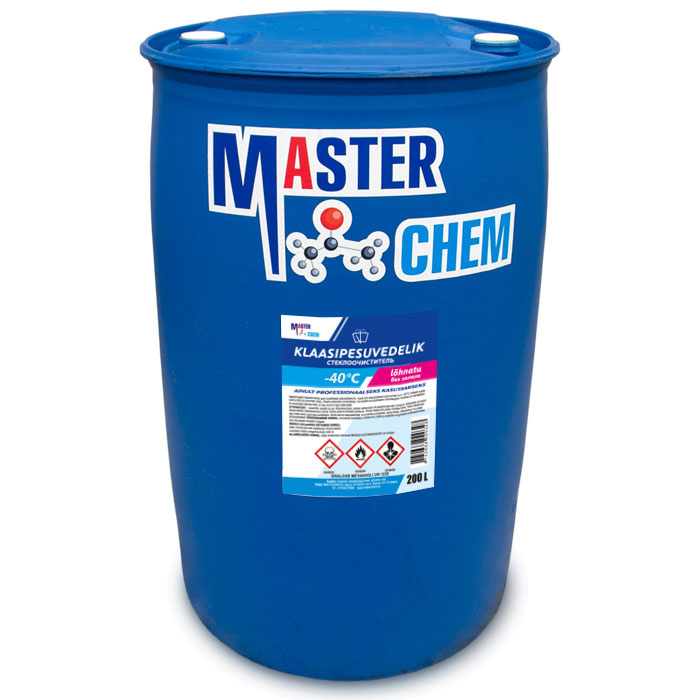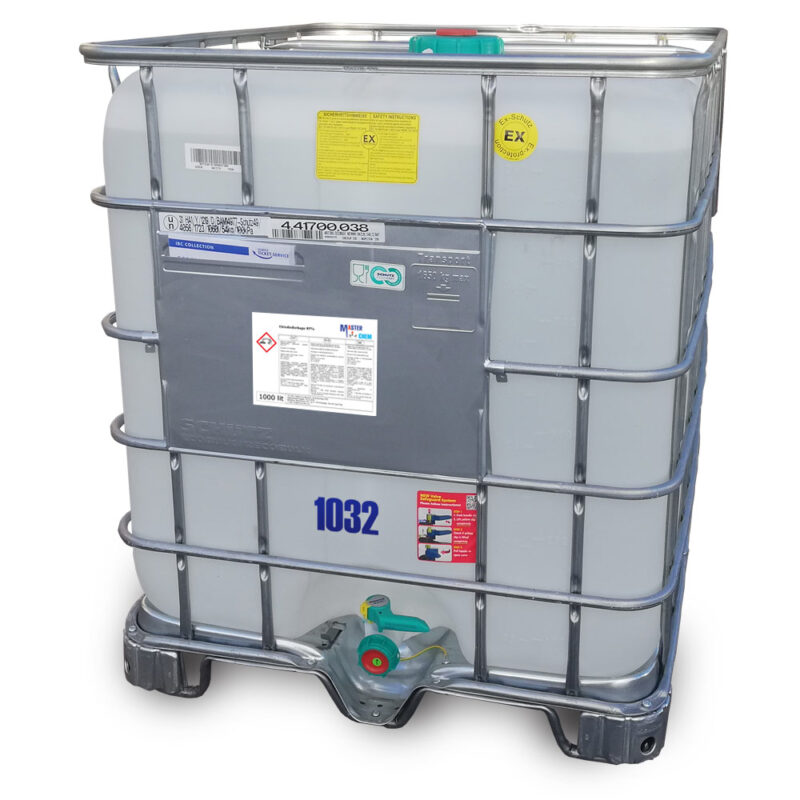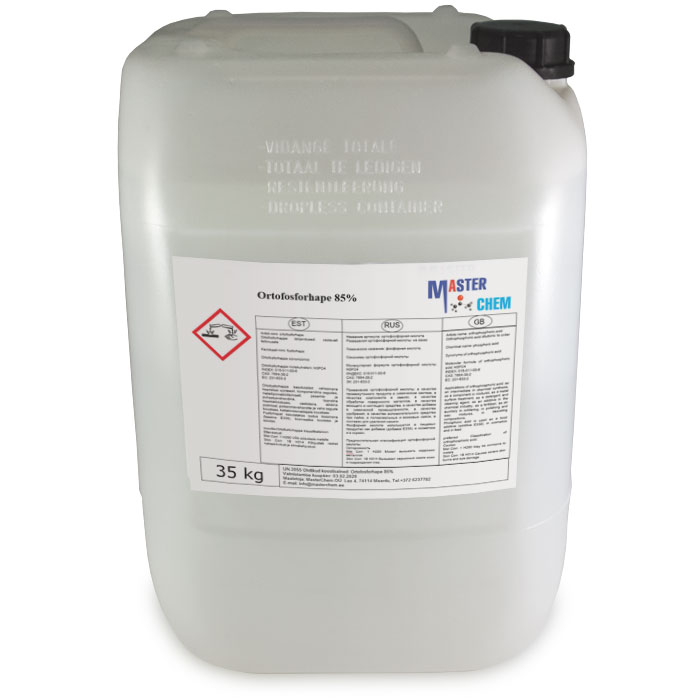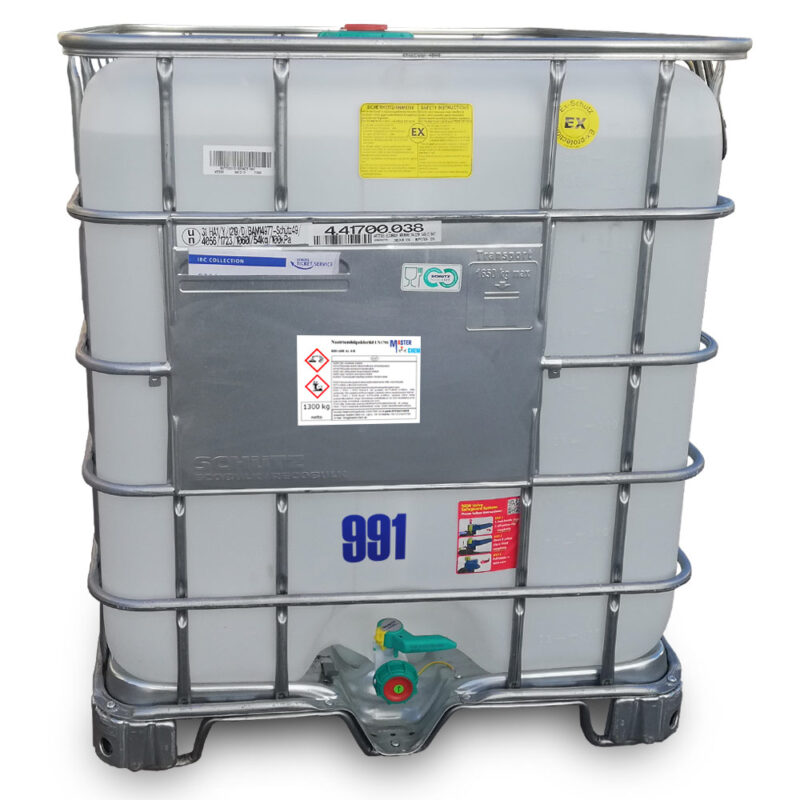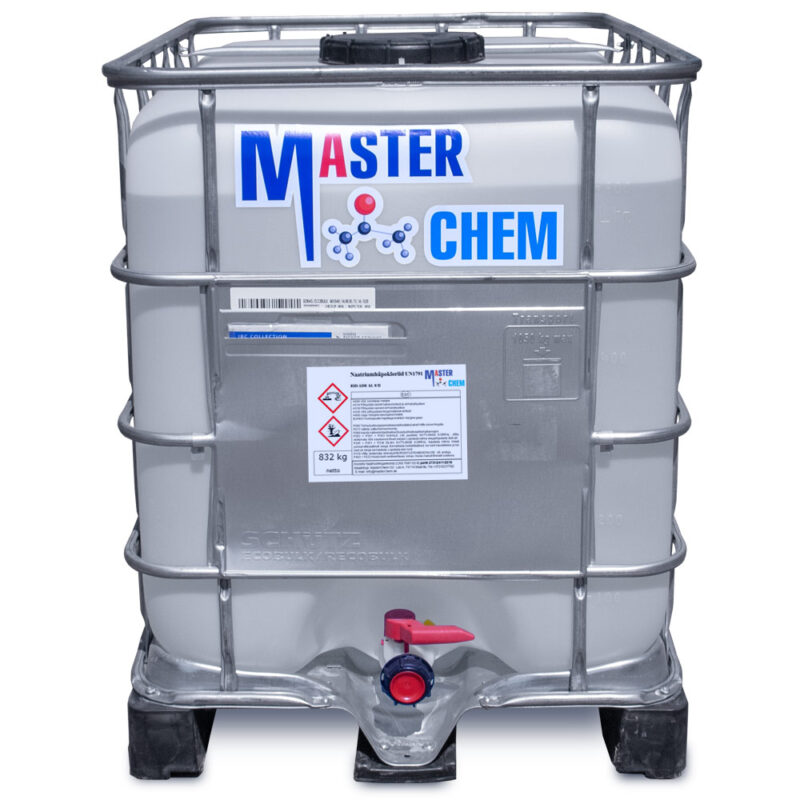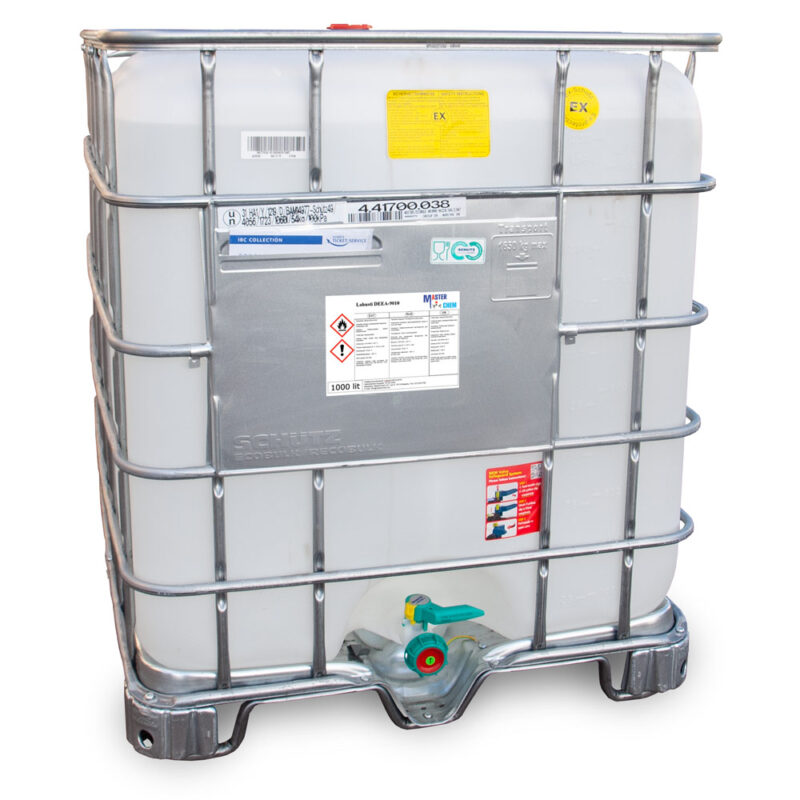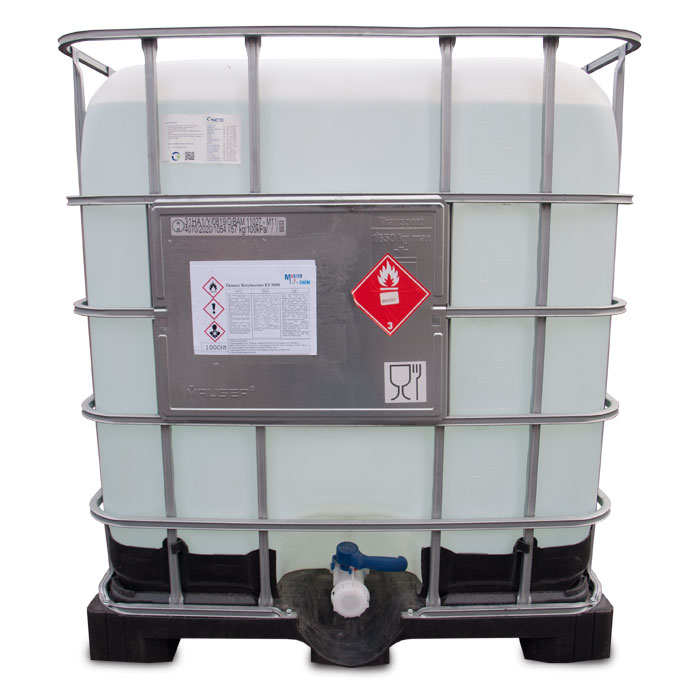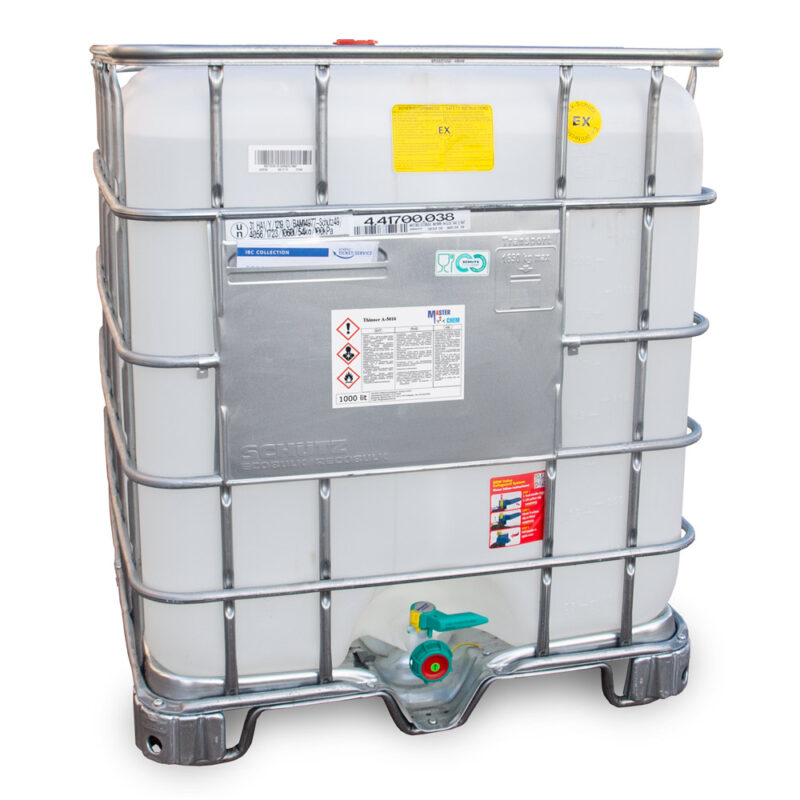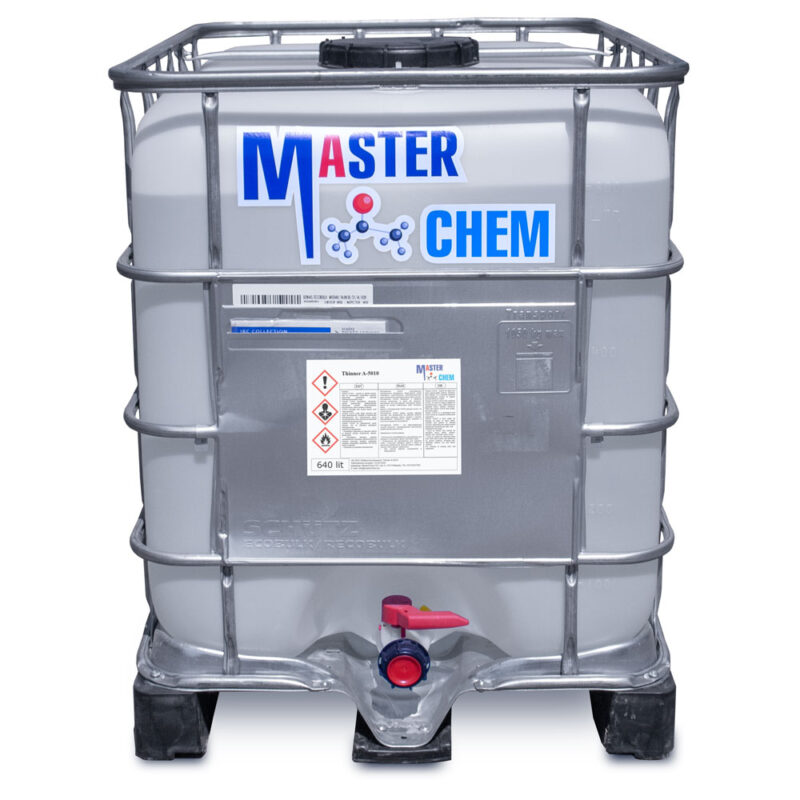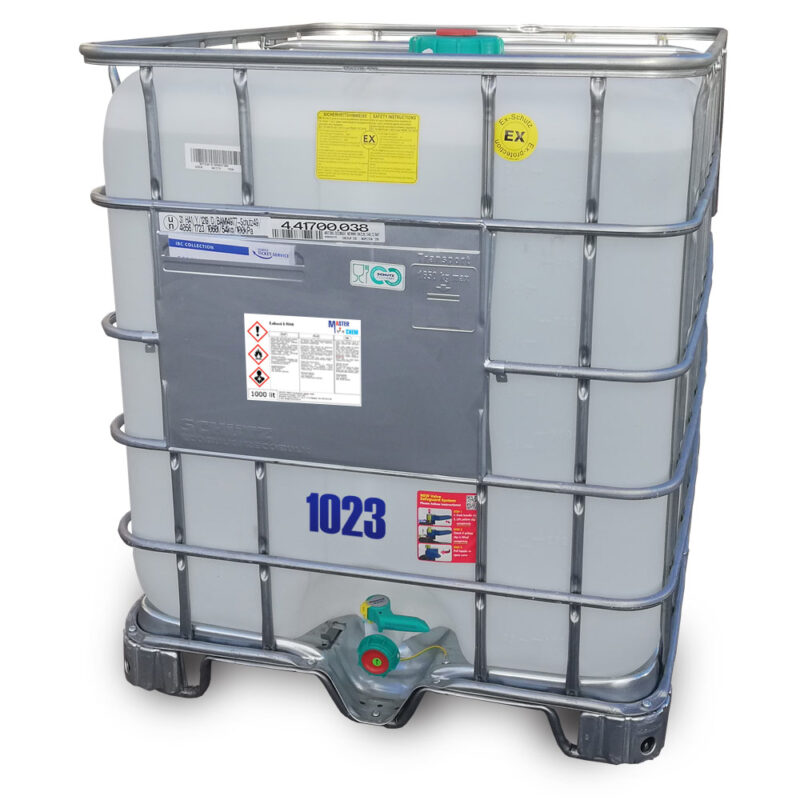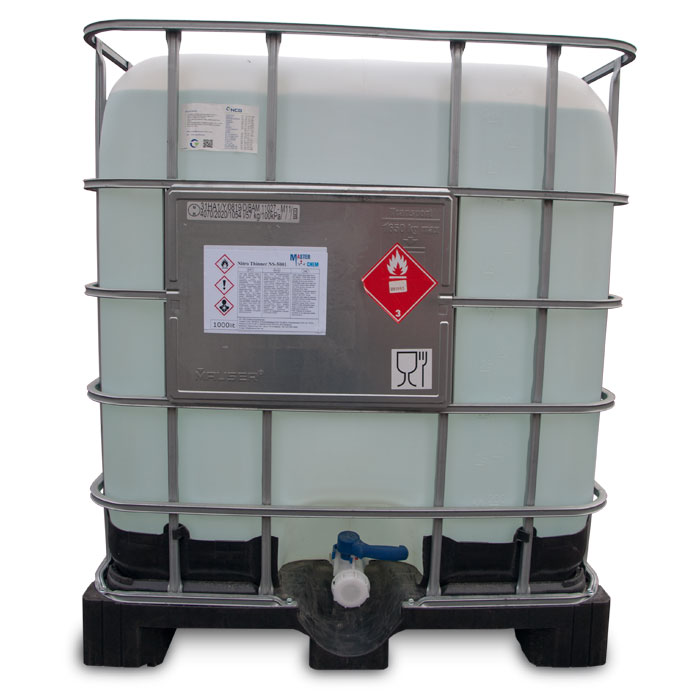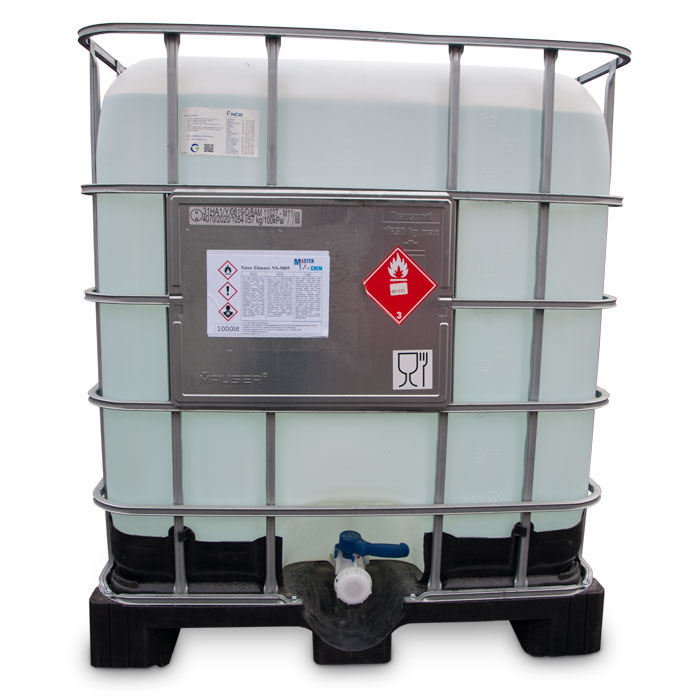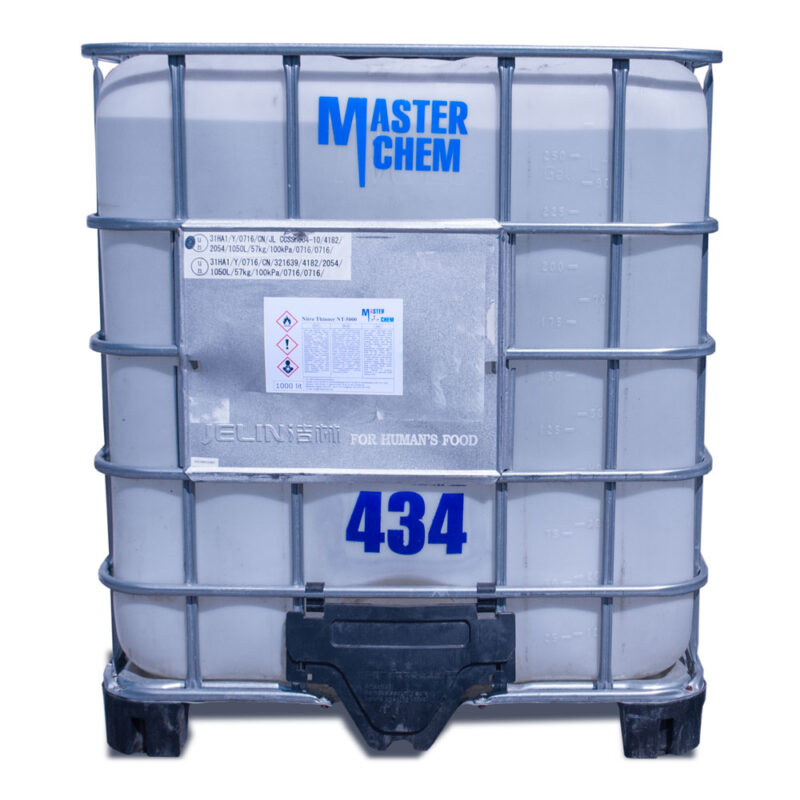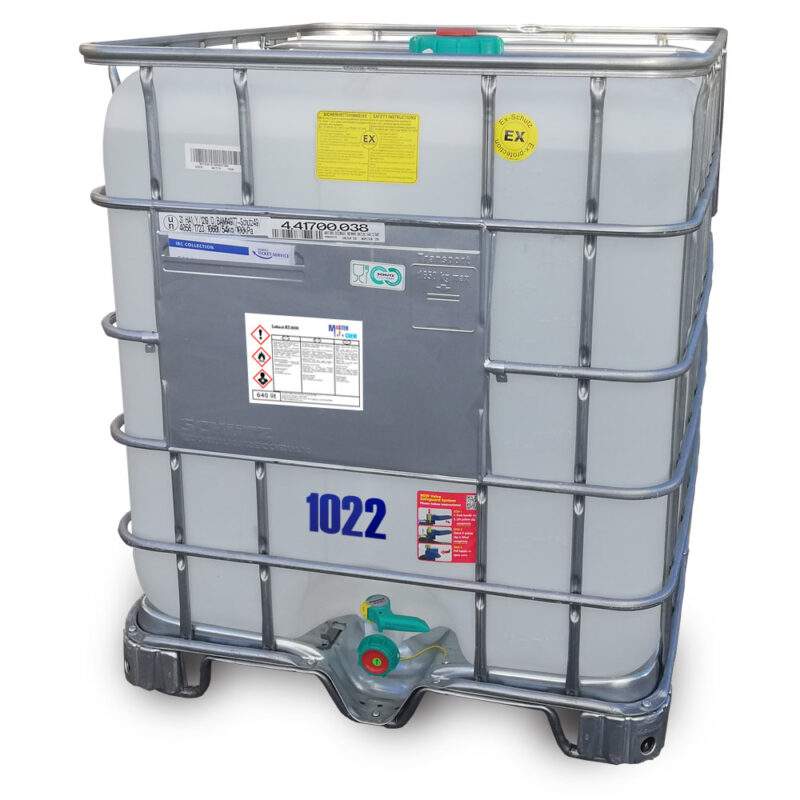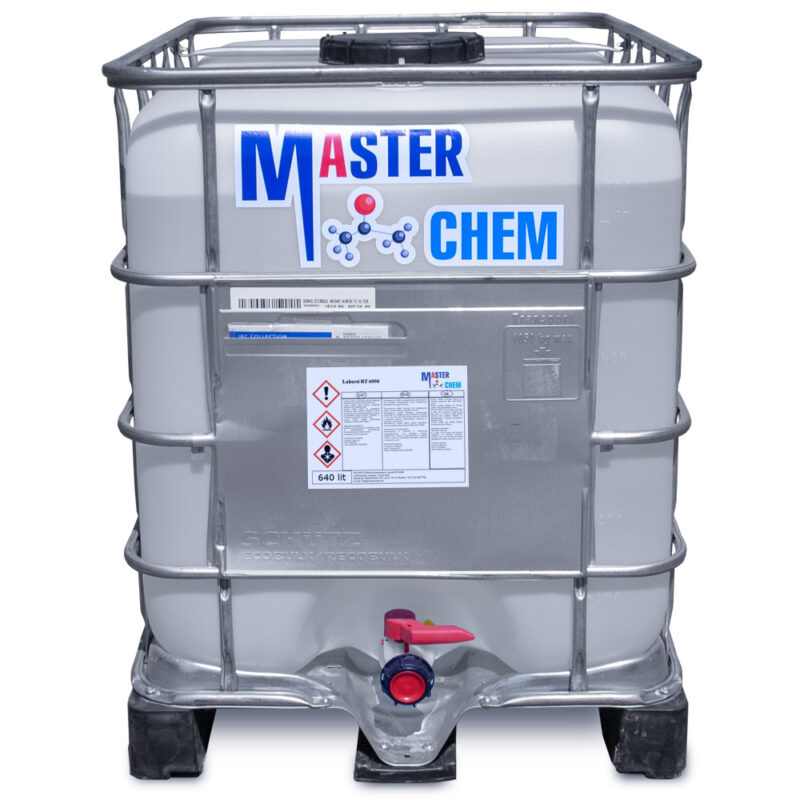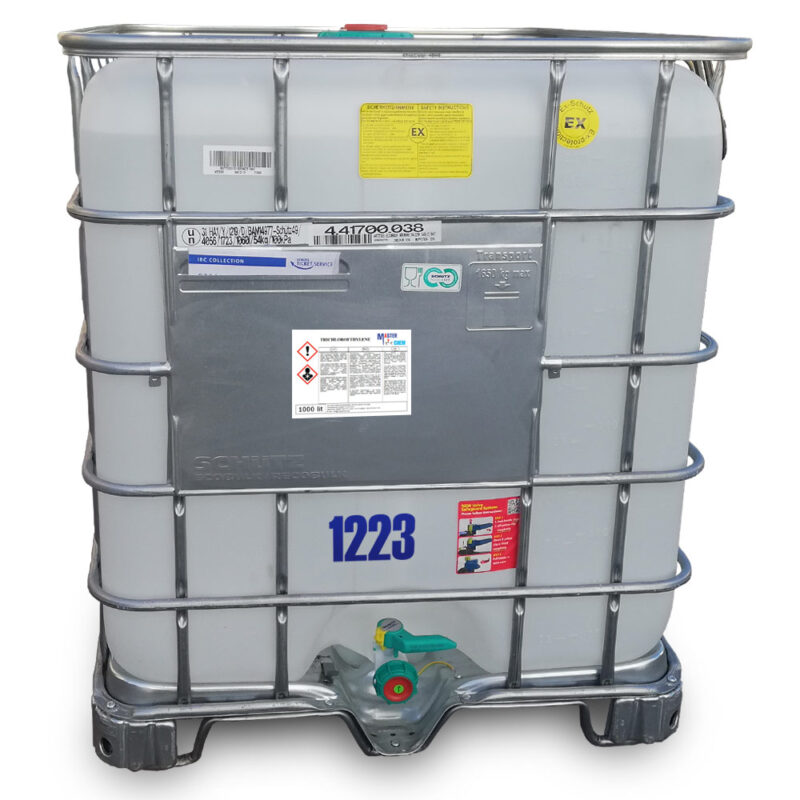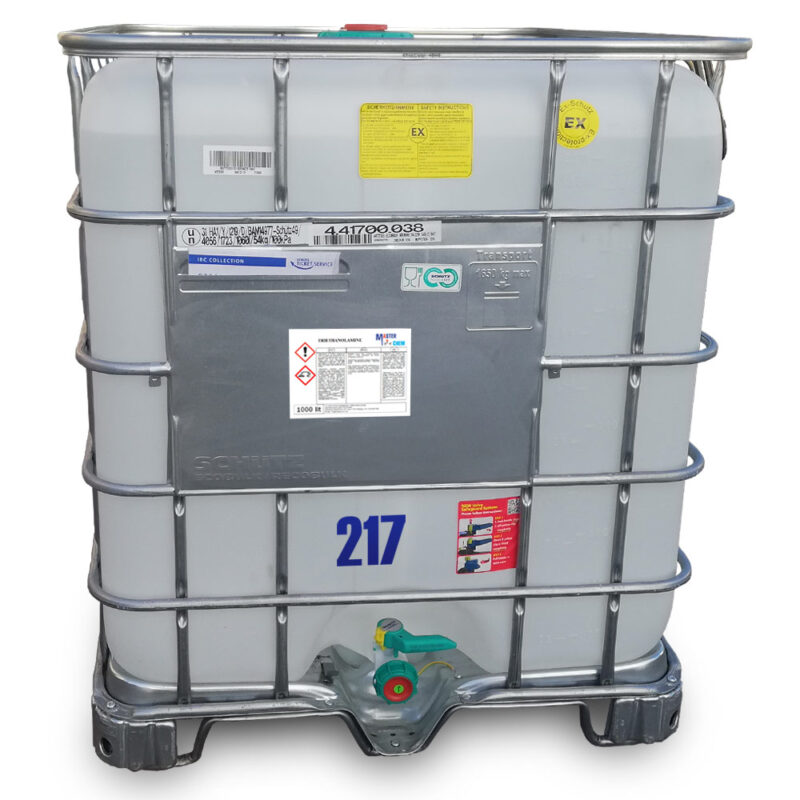Metylisobutylketon (CAS 108-10-1)
Other names: Metylisobutylketon, 4-Methyl-2-pentanone, Isopropylacetone, Hexone, Isobutyl methyl ketone, 2-Methylpropyl methyl ketone, 4-Methyl-2-oxopentane, MIK, Isobutylmethyl ketone, MIBK, Isohexanone
Methyl isobutyl ketone (MIBK) is the organic compound with the formula (CH3)2CHCH2C(O)CH3. This colourless liquid, a ketone, is used as a solvent for gums, resins, paints, varnishes, lacquers, and nitrocellulose.
CAS: 108-10-1
Mosstanol Master
Mosstanol Master is mainly used as a diluent in paints and varnishes, in the printing industry as an environment for ink, window cleaner / washer fluid, fuel mixing, adhesives, air fresheners, varnishes, antifreeze and compressed air systems. icer. The main end-user markets are the printing, paint, engine, consumer and adhesive industries.
Nitric acid 56-58% (CAS 7697-37-2)
The pure compound is colorless, but older samples tend to acquire a yellow cast due to decomposition into oxides of nitrogen and water. Most commercially available nitric acid has a concentration of 68% in water. When the solution contains more than 86% HNO3, it is referred to as fuming nitric acid. Depending on the amount of nitrogen dioxide present, fuming nitric acid is further characterized as red fuming nitric acid at concentrations above 86%, or white fuming nitric acid at concentrations above 95%.
Nitric acid is the primary reagent used for nitration – the addition of a nitro group, typically to an organic molecule. While some resulting nitro compounds are shock- and thermally-sensitive explosives, a few are stable enough to be used in munitions and demolition, while others are still more stable and used as pigments in inks and dyes. Nitric acid is also commonly used as a strong oxidizing agent.
CAS: 7697-37-2
Nitro Thinner 646
Nitro solvent 646 is a classic nitro solvent. Introducing a mixture of various volatile organic liquids (6 components). The original recipe has a ten-year history and has established itself as the most versatile and high-quality composition with excellent properties. Unfortunately now in Europe you will not find a 100% original composition anywhere, as some components are prohibited for circulation in the European Union. Our recipe preserves all the best properties of this product due to the fact that we have replaced the prohibited components with new generation products that are more environmentally friendly. MasterChem has been manufacturing this solvent directly for 25 years. Nitro solvent is a colorless or slightly yellowish liquid with a characteristic odor. It is used in production and in everyday life for diluting and bringing paints and varnishes to a working consistency. If you want to become a sales representative of our product, we are open to negotiations.
Odorless winter windshield washer fluid -20°C
Odorless winter windshield washer fluid -20°C
For professional use only!
For year-round use in a car windshield washer system. Prevents the washing system from freezing down to -20 ° C. Protects glass from freezing and wear. With good washing properties. Excellent removal of various dirt and grease residues. Does not form a disturbing film, does not damage rubber or plastic.
Odorless winter windshield washer fluid -40°C
Odorless winter windshield washer fluid -40°C
For professional use only!
For year-round use in a car windshield washer system. Prevents the washing system from freezing down to -40 ° C. Protects glass from freezing and wear. With good washing properties. Excellent removal of various dirt and grease residues. Does not form a disturbing film, does not damage rubber or plastic.
Ortofosforhape 85% (CAS 7664-38-2)
Molecular formula of orthophosphoric acid: H3PO4
INDEX: 015-011-00-6
CAS: 7664-38-2
EC: 231-633-2
IUPAC name
Phosphoric acid
Applications of orthophosphoric acid: as an intermediate in chemical synthesis, as a component in mixtures, as a metal surface treatment, as a detergent and cleaning agent, as an additive in the chemical industry, as a fertilizer, as an auxiliary in soldering, in polishing and wax mixtures, in descaling compositions.
Phosphoric acid is used in food as an additive (additive E338), in cosmetics and in feed.
Sodium hypochlorite 12 – 15% (CAS 7681-52-9)
Disinfection from COVID-19 should be done with 0.1-0.5% sodium hypochloride solution (WHO and Health Department recommendation)
Technical alcohol
Technical (denatured) alcohol MasterChem is suitable both as a fuel for alcohol lamps and grilling light, as well as for cleaning various surfaces from grease and oil. Wear protective gloves, masks, and clothing when using for personal protection. Do not smoke or inhale during use!
Caution! Technical spirit MasterChem is not suitable for drinking!
Thinner Butyl acetate BT-5090
BT-5090 butyl acetate solvent is designed to reduce the viscosity of transparent or tinted polyurethane varnishes, as well as for paints before applying them in different ways. It can be used for washing various varnish-and-paint equipment. It is also used to maintain and reduce the viscosity of coatings for application by spraying or dipping processes.
Thinner A-5010 (CAS 1330-20-7)
Thinner A-5010 – solvent for alkyd end epoxy based paints, primers, varnishes and coatings. It is a specially prepared multi-component mixture of organic solvents based on xylene.
Thinner A-5010 is used in the synthesis of dyes, as well as a liquid suitable for dissolving epoxy resin, paints based on glyphthal resins, bitumen varnishes. Paint with Thinner A-5010 dries longer, but shines better.
Thinner A-5010 Is a quaranteed best result, proven by longterm proffessional experience.
Thinner A-5010 is best suited for thinning all types of alkyd paints, enamels and primers to working viscosity, degreasing the surface before painting and cleaning tools after work.
Thinner I-5008
Thinner I-5008: Universal solvent for cleaning equipment after water-based paints.
Thinner I-5008: Suitable for thinning paints, water-based base primers.
Thinner I-5008: It has unique properties to wash off all polymer residues and dust, due to a mixture of high quality alcohols and acetates: Etanool, n-Butüülatsetaat, 1-methoxy 2-propanool, Propaan-2-ool.
Thinner I-5008: Low Volatile Organic Compound (VOC): 550g / L
Thinner Nitro NS-5001
Thinner NS-5001 is a mixture of esters, acetates, alcohol, aromatic solvents and ketones suitable diluents to all nitro products.
Thinner Nitro NS-5005 industrial thinner
NITRO THINNER NS-5005 is modified thinner NS-5001This product also as a mixture of quality organic solvents (6 components), but percentage of content ketones is smaller. And as a result has higher flashpoint. Recomend to use in enterprices with automatic equipment. This is a product used for thinning lacquers, paints, enamel, varnishes and for cleaning the corresponding brushes, rollers and other tools. MasterChem produce this product directly.
Thinner Nitro NT-5000
THINNER NITRO, as a mixture of quality organic solvents (6 components).This is a product used for thinning lacquers, paints, enamel, varnishes and for cleaning the corresponding brushes, rollers and other tools. MasterChem produce this product directly.
THINNER RT-6006 – SOLVENT FOR RUBBER INDUSTRY
Solvent RT-6006 – is a solvent for the production of rubber products. Produced on the basis of light fractions of dearomatized straight distillation gasoline of low-sulfur petroleum products.
Solvent RT-6006 belongs to the 4th hazard class (low hazard).
Application and usage:
THINNER RT-6006 is used in the rubber industry, for the production of pipes and belts; for the preparation of rubber adhesives, and various mastics, printing inks.
For dissolving and bringing paints and varnishes to a working consistency.
Solvent RT-6006 is also used to degrease fabrics and leather, degrease electrical equipment, surfaces (before painting and not only), washing bearings, fittings before conservation, making special quick-drying oil paints, electrical insulating varnishes, diluting oil, bitumen and ethylene paints and varnishes, epoxy resins, removing small grease and oil stains from all types of fabric; Recommended as fuel for gasoline blowtorches. In addition, it is possible to use this type of gasoline as a fuel for catalytic heating pads, it also finds application in organic chemistry and is most often used in the repair of automatic transmissions, engines and other aggregate units. Indispensable in the optical industry
Solvent RT-6006 Also used for washing parts and fittings before conservation, in the production of artificial furs; in the production of paints and varnishes; for extracting rosin from wood
Toluene (CAS 108-88-3)
Other names: Phenyl methane, Toluol, Anisen, Methyl benzene
Toluene, also known as toluol, is an aromatic hydrocarbon. It is a colorless, water-insoluble liquid with the smell associated with paint thinners. It is a mono-substituted benzene derivative, consisting of a CH3 group attached to a phenyl group. As such, its IUPAC systematic name is methylbenzene. Toluene is predominantly used as an industrial feedstock and a solvent.
CAS: 108-88-3
Trichloroethylene (CAS 79-01-6)
Other names: 1,1,2-Trichloroethene, 1,1-Dichloro-2-Chloroethylene, 1-Chloro-2,2-Dichloroethylene, Acetylene Trichloride, TCE, Trethylene, Triclene, Tri, Trimar, Trilene, HCC-1120
The chemical compound trichloroethylene is a halocarbon commonly used as an industrial solvent. It is a clear non-flammable liquid with a sweet smell. It should not be confused with the similar 1,1,1-trichloroethane, which is commonly known as chlorothene.
The IUPAC name is trichloroethene. Industrial abbreviations include TCE, trichlor, Trike, Tricky and tri. It has been sold under a variety of trade names. Under the trade names Trimar and Trilene, trichloroethylene was used as a volatile anesthetic and as an inhaled obstetrical analgesic in millions of patients.
CAS: 79-01-6
Triethanolamine (CAS 102-71-6)
Other names: 2,2′,2”-Nitrilotriethanol, Tris(2-hydroxyethyl)amine, Triethylolamine, 2,2′,2″-Trihydroxytriethylamine, Trolamine, TEA, TEOA
Triethanolamine aka Trolamine (abbr. as TEOA to distinguish it from TEA which is for triethylamine) is a viscous organic compound that is both a tertiary amine and a triol. A triol is a molecule with three alcohol groups. Triethanolamine is a strong base. Approximately 150,000 tonnes were produced in 1999. It is a colourless compound although samples may appear yellow because of impurities.
CAS: 102-71-6

